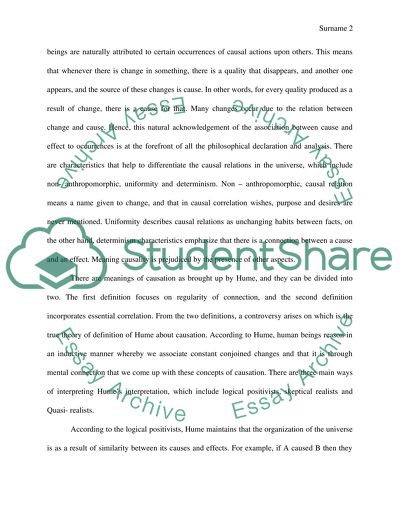Cite this document
(“Hume's analysis of the process by which we make causal judgments Essay - 1”, n.d.)
Hume's analysis of the process by which we make causal judgments Essay - 1. Retrieved from https://studentshare.org/philosophy/1613495-humes-analysis-of-the-process-by-which-we-make-causal-judgments
Hume's analysis of the process by which we make causal judgments Essay - 1. Retrieved from https://studentshare.org/philosophy/1613495-humes-analysis-of-the-process-by-which-we-make-causal-judgments
(Hume'S Analysis of the Process by Which We Make Causal Judgments Essay - 1)
Hume'S Analysis of the Process by Which We Make Causal Judgments Essay - 1. https://studentshare.org/philosophy/1613495-humes-analysis-of-the-process-by-which-we-make-causal-judgments.
Hume'S Analysis of the Process by Which We Make Causal Judgments Essay - 1. https://studentshare.org/philosophy/1613495-humes-analysis-of-the-process-by-which-we-make-causal-judgments.
“Hume'S Analysis of the Process by Which We Make Causal Judgments Essay - 1”, n.d. https://studentshare.org/philosophy/1613495-humes-analysis-of-the-process-by-which-we-make-causal-judgments.


